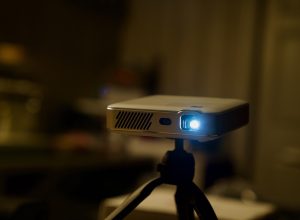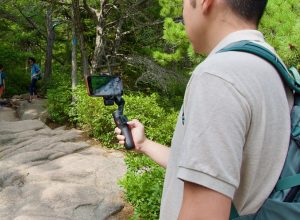As more people have remote or hybrid work these days, many have the need for effective virtual communication solutions. This is a niche market and the Oleap Archer positions itself as a single-ear AI meeting headset to streamline workflows. The critical question is whether this is a genuinely essential tool.
Disclosure: We received the robot as a courtesy for review purposes. However, the review is intended to provide honest, unbiased insights about the product, based on personal experiences and observations.
Design and Comfort
My unit is the full package which includes the headset, a USB dongle, a charging case, and a charging cable. The Oleap Archer is a single-ear headset, so you can maintain situational awareness while engaged in calls or listening to audio. Notably, it comes with a rotatable arm and microphone; This design allows you to wear the headset on either left or right ear. The microphone boom arm extends approximately halfway across the user’s cheek.
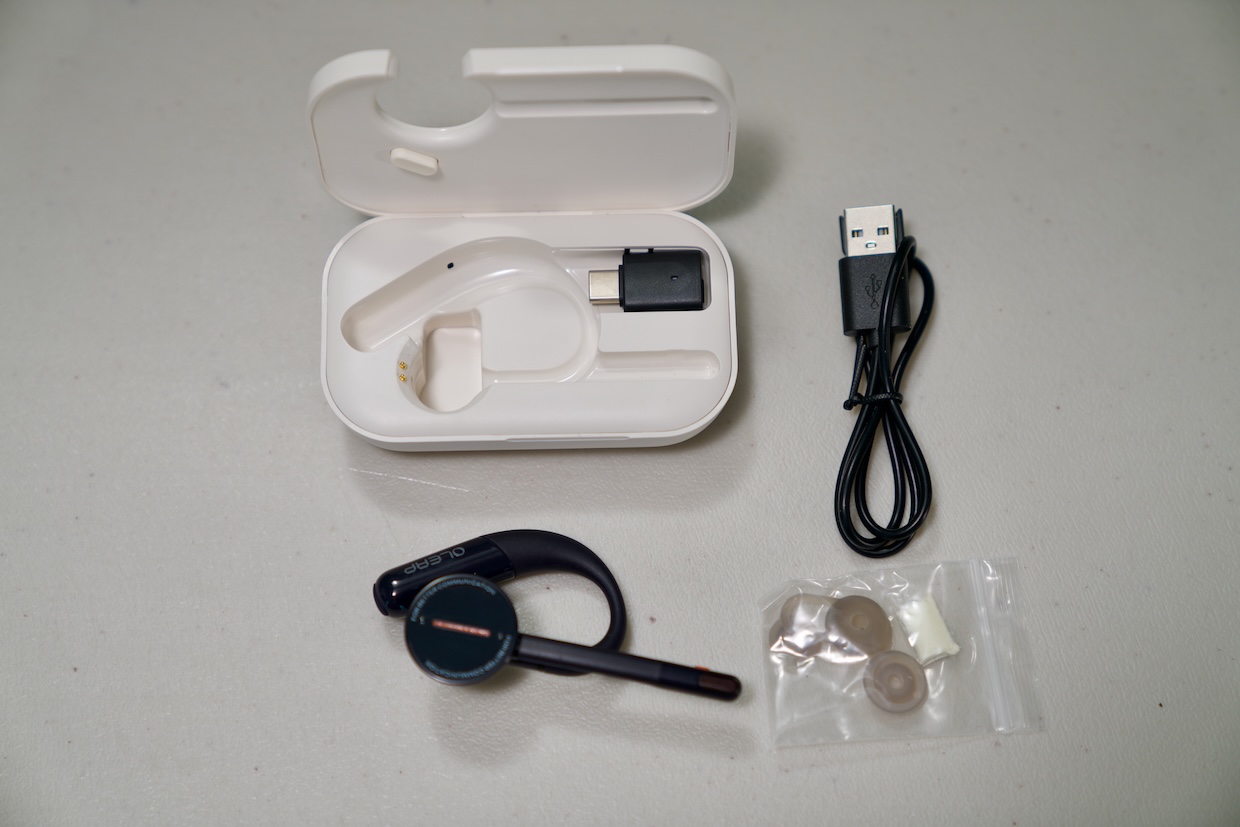
To fit different ear shapes, Oleap includes different sizes and styles of ear tips in the box. The choice of an open-ear tip can limit passive noise isolation but I prefer this because it is more comfortable and I don’t need that much noise isolation indoors. The device boasts 50dB Environmental Noise Cancellation for its microphone, this is to improve clarity of our voice when it is transmitted to others.
The volume controls rely on a tapping gesture on the headset’s outer surface. In practice, they are not really responsive for precise volume adjustments.
Specifications
| Wearing Style | Single Ear, interchangeable |
| Connectivity | Bluetooth 5.3 (dual device) |
| Wireless Range | 10m/33ft (extendable with optional dongle) |
| Microphone | Dual beamforming, VoiceOn 50dB ENC |
| AI Features | GPT-4o powered Recording, Transcription, Summarization |
| On-Device Storage | 2 hours |
| App Compatibility | iOS, Android |
| Battery Life (Headset) | 7 hours talk time |
| Battery Life (with Case) | Up to 28 hours total |
Setting Up and Daily Use
The Oleap Archer connects via Bluetooth and supports simultaneous pairing with up to 2 devices. It offers a standard wireless range of 33 feet. If you need greater range, you can use the included USB-C wireless dongle. The headset features on-device controls that become intuitive for me after a while. A mute button on the microphone allows for instant muting during calls. There is no mute status indication on the device but there is just a voice prompt each time you press the Mute button, make sure to check it to make sure it is on.
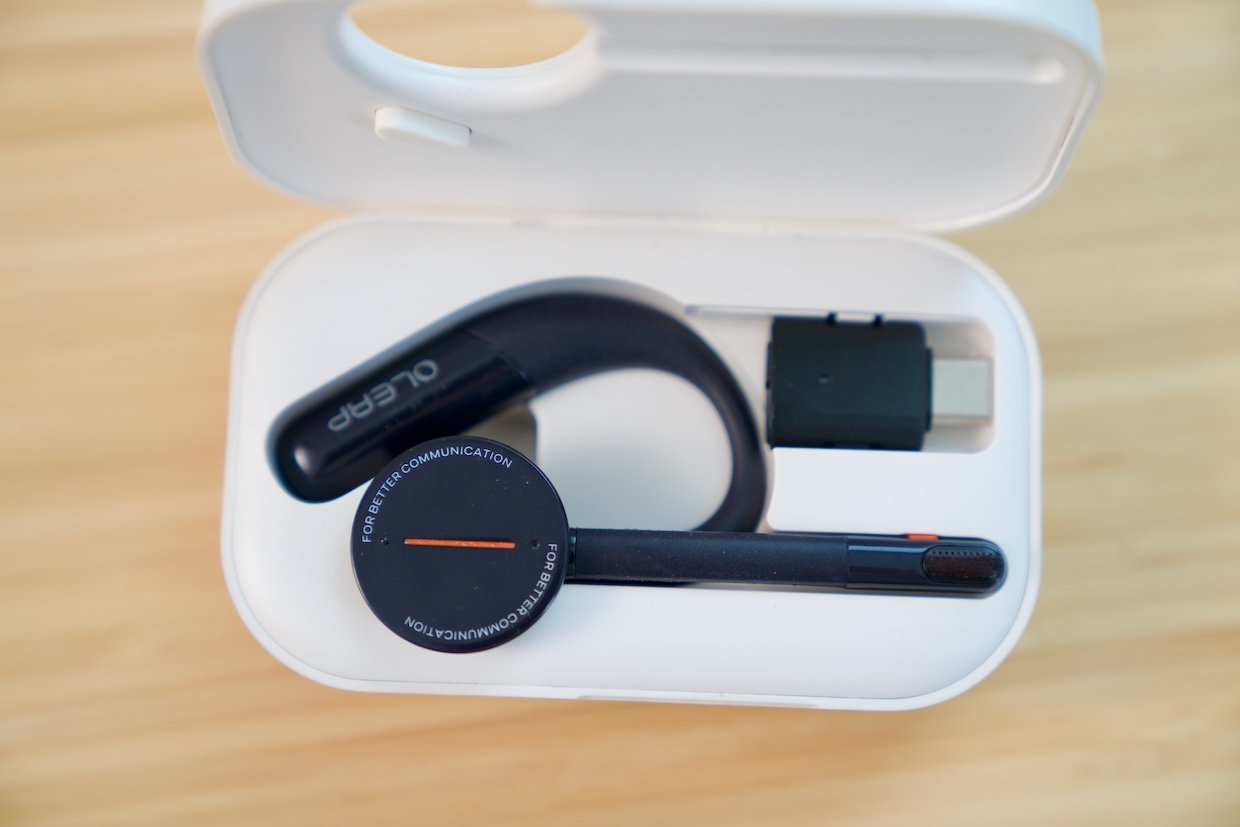
In terms of battery life, the headset itself provides around 7 hours of talk time on a single charge. This can be extended to a total of 28 hours with the use of the charging case. You can recharge the headset with the magnetic charging cable while the charging case utilizes a USB-C port. Battery status can be monitored via indicator lights on the headset and as a percentage display within the app.
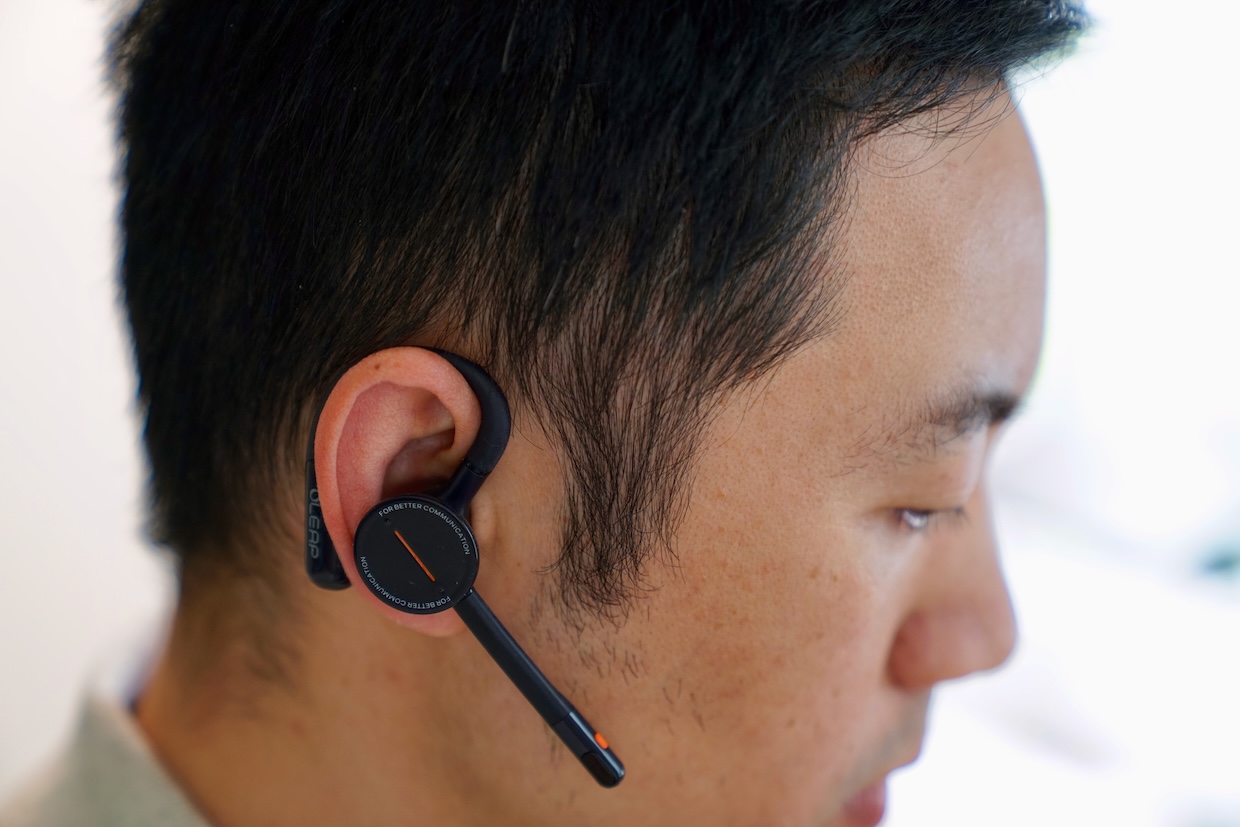
The clarity of audio is good enough for both participants of a phone call. The audio quality of the headset itself is just acceptable and can’t beat my AirPods. I’m more impressed with the microphone as the noise cancellation feature delivers clear audio, especially when you make calls in noisy environments.
Transcription and Summarization
The companion Oleap App is the gateway to the headset’s AI functionalities. For storage, the headset itself provides 2 hours of local recording capacity, with additional storage available through the app.
The most interesting feature of the Archer is its integrated AI functionality, powered by OpenAI’s GPT-4o. A long press on the headset initiates a “personal mode” recording, which uses the noise cancellation mic to focus on your voice and reduce ambient sound.
However, if you wish to record an in-person meeting or a lecture in “ambient mode,” you must either pre-select this option within the Oleap app or place the headset back in its charging case and press a button on the case itself. The case features a small opening to allow the headset’s microphone to capture the surrounding audio. This works but I highly recommend leaving the headset out in the open for clearer recordings.
Another flaw is revealed after the recording is complete. When initiated via the physical buttons on the headset or case, the audio file is saved directly to the headset’s internal storage. To access the transcription and summarization features, you must first manually transfer this file to your phone via the app. This transfer process could take a while, I transferred a 25-minute recording and it took around 15 to 20 minutes. So if you want to use these features, make sure to start recording in the app. This is very unfortunate because I like the one-click recording feature; I don’t have to open any app or take the headset out of its case.

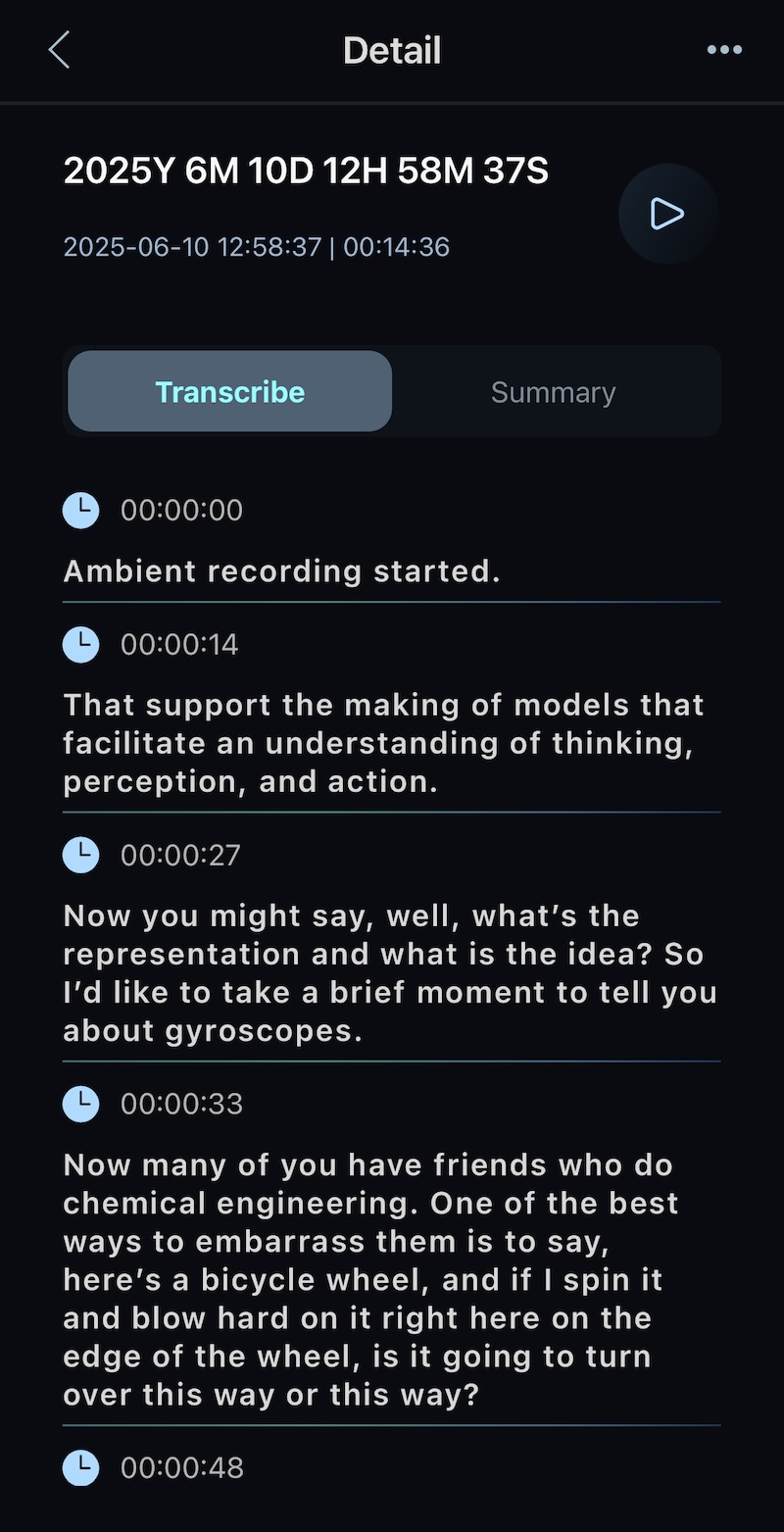
On the other hand, the transcription and summarization features work perfectly. I am quite surprised that the headset manages to capture speech with no errors even though the recordings sometimes are difficult to hear. Users are provided with 1000 free minutes of transcription and summary services per month for the first year. After this period, we still have 300 free minutes per month.
Conclusion
The Archer is an interesting product but most people don’t need to complicate their setup with another headset. Its single-ear design is suitable for users who need to maintain ambient awareness of their environment while staying focused in their calls. It is ideal for remote workers who value efficiency and seamless workflows. Instead of juggling a separate headset and a 3rd-party transcription app, the Oleap Archer consolidates these tools into one portable and easy-to-use package. Find out more info on the official website.
